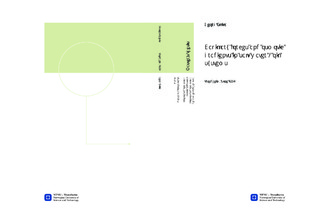Capillary forces and osmotic gradients in salt water - oil systems
Master thesis
Permanent lenke
http://hdl.handle.net/11250/247788Utgivelsesdato
2012Metadata
Vis full innførselSamlinger
- Institutt for kjemi [1352]
Sammendrag
This project looks at the capillary systems with salt water and oil that can be found in porous stones in oil reservoir. The interactions between the different phases and how salt concentration differences can move the oil. The first problem was to find how the water migrates from one side of an oil droplet to the other due to the concentration difference. This was discussed, but not experimentally verified. The reason for this is the high inaccuracy of the experiments and the lack of knowledge before starting. However, this project gives a lot of important knowledge about the problem, and good suggestions for improvements. It was experimentally confirmed that oil is moving due to the difference in salt concentration. From this, the diffusion coefficient was found and reported to be D = (1.08 ± 0.10) · 10−7 m2/s for glass capillary tubes of radius 0,70 mm and at 60oC, calculated from the phenomenological coefficient L that was found. It was also confirmed that the capillary force does not contribute significantly for this size of the tubes, and therefore L should be independent of the radius. The maybe most interesting result of the experiments and calculations is that the capillary force will contribute significantly to the total force and then also the movement of the oil droplet. This does not happen before the radius of the tubes where under 0,20 mm. The experiments and the estimates agreed well with the radius where the change happens.
